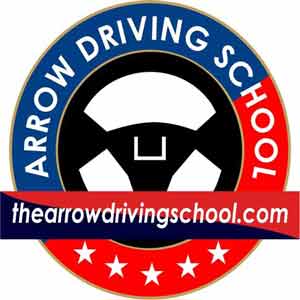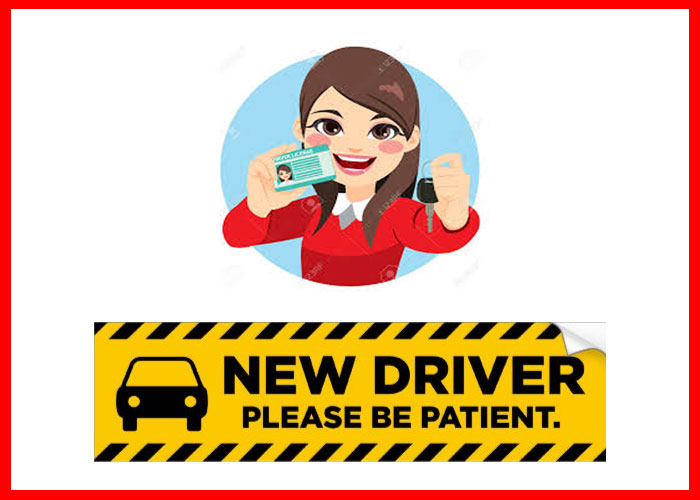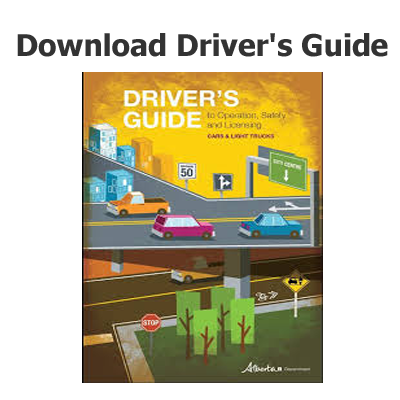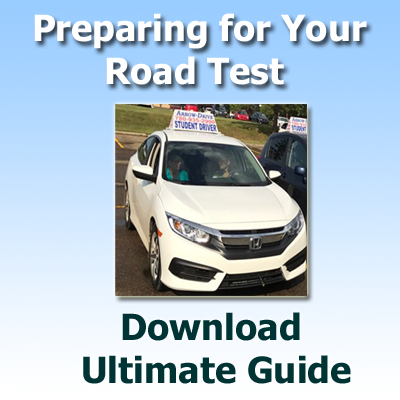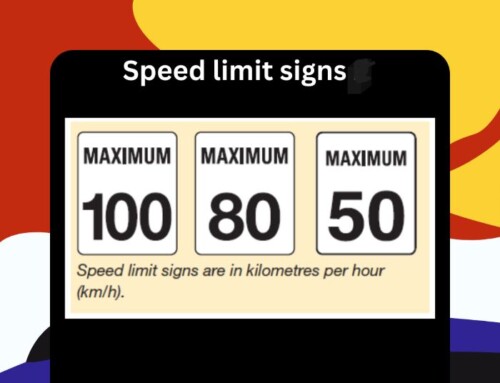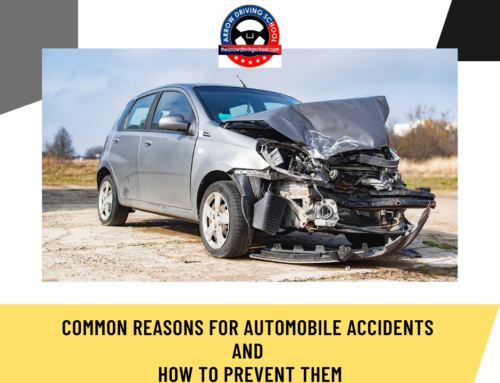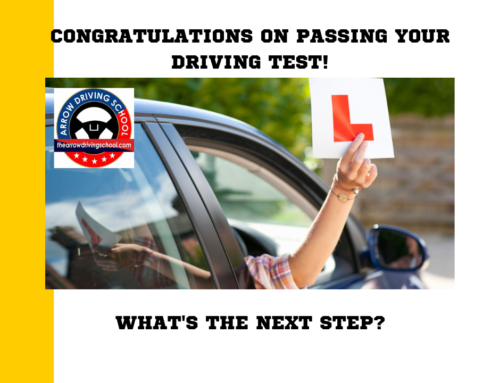15 Mistakes A New Driver Should Avoid
Introduction
There are many mistakes that new drivers make when they are first starting, fresh out of a driving school. These mistakes can happen whether you are preparing for the driving course or if you already have your license but still find driving frustrating and stressful. The following are 15 of the most common mistakes that new drivers make.
1. Not Having Your Seat Properly Adjusted
Not having the right car seat positioning may lead to you hyperextending your legs and arms, which negatively impacts the amount of control you will have over the car. Your seat positioning is important not just for comfort and control, but also for your ability to react to unpredictable events while on the road. It is a good idea to adjust your seat so that your wrists can touch the wheel, as this gives you the optimal position to control the wheel and reach the car’s pedals.
2. Not Looking at the Bigger Picture
Another common error that new drivers learn to watch out for in drivers Ed involves the bigger picture. As a new driver, you will want to look at all of your surroundings. If you are merely looking at the ground ahead of the car while you drive, then you are failing to see the bigger picture when it comes to driving. You will have to practice using your peripheral vision, as this will widen your field of awareness and help you to spot dangerous road elements. Some of these road dangers include:
• Wild, unpredictable drivers
• Animals crossing the road
• Road debris from passing cars or bad weather
• Jaywalking pedestrians
3. Not Cleaning the Windows
You should always check to make sure that your windows are clean, even before you enter the car. Check each of your windows, to be able to see through them without any obstructions. This also means cleaning any spots on your windshield that your wipers miss or cannot reach.
4. Not Readjusting and Cleaning the Mirrors
While cleaning your windows, you should also check your mirrors to ensure that they are clean and well-adjusted. You need to properly adjust your mirrors to give you the best estimate of how far away nearby cars are from your car. Your rear-view mirror has to be adjusted exactly where you need it to be so that you can see the cars that are behind you. You will want to adjust the side mirrors so that cars in your blind spot or that are incoming can be easily seen.
5. Not Using Your Turn Signals
An important lesson you learn at Arrow driving school or another driving school is how to use turn signals. You use turn signals to inform other drivers of what you are about to do on the road. Turn signals can be used to let other drivers know that you are doing some of the following maneuvers:
• Turning
• Merging into another lane
• Reversing
• Parking
• Driving out of a parking spot
Turning signals should be used when you want to do a maneuver that requires some additional space. Sometimes, a driver will not give you the necessary space to merge into another lane or take a different driving-related action. In these cases, have some patience, avoid putting yourself and others in danger and let them pass so that you can safely perform the maneuver while using your turn signals.
6. Taking Unnecessary, Dangerous Risks
Some people enjoy taking risks because they feel confident and/or lucky. Taking risks while on the road is a way to put others’ lives and your own at risk. Some of the unnecessary, dangerous risks that people take include:
• Impaired driving/driving under influence (DUI)
• Distracted Driving
• Texting or Mobile talking while driving
• Tailgating
• Speeding
Impaired driving or driving under influence (DUI) can meaning driving while impaired due to alcohol, sleepiness, motion sickness or drugs. Distracted Driving means not paying attention to the road and your surroundings while driving. Texting or Mobile talking while driving should be avoided at all costs, and new drivers should opt for hands-free communication options once they are more skilled at driving. Tailgating is a very unsafe and rude way to drive behind someone else. Speeding is a reckless way to travel on the road and through traffic lights, and it can lead to very serious or possibly fatal injuries due to speed-related crashes.
7. Driving During Low Tire Pressure Conditions
New drivers should learn how to keep track of their car’s tire pressures so that they know when to service them. Some considerations to keep in mind regarding low tire pressure includes:
• Looking at your dashboard. Modern cars provide tire pressure indications on the dashboard, including warning signs when low tire pressures are detected.
• While driving slowly on a straight road with no one else around, check to see if your car sways to either the right or the left by letting go of the wheel for just an instant.
• Check your owner’s manual, family or friends and online videos if you need to learn how to fill up your tires properly.
8. Inadequate Blind Spot Checks
When you decide to change lanes, you must be sure that your blind spot is clear. This includes checking to ensure that no car is following closely behind you or tailgating you. Most new drivers learn how to do proper checks during their driving lessons or in drivers Ed. You can check your blind spot in the following ways:
• Looking at your side-view mirror while leaning forward. You can see your blind spot by doing this.
• Looking over your shoulder. Blindspot mirrors are recommended if your car has small windows in the backseat area.
9. Accelerating Too Fast
Nearly all new drivers have trouble adjusting to their car’s accelerator at first. As you are not familiar with the pedal’s sensitivity yet, you will likely press down on it too hard, too fast. It is best to learn to press lightly on the accelerator and to remember your body’s movements and feelings while doing this. Eventually, you will learn how your car behaves and you will use the accelerator more confidently and smoothly.
10. Braking Too Fast
The same advice for the accelerator goes for the brakes. While you may brake too fast at first and make some jolting starts and stops, eventually you will learn how your car’s brakes handle and find the sensitivity that is just right for your car. It just takes time, practice and awareness. With enough driving lessons, you should get the hang of accelerating and braking with any type of car.
11. Not Remembering Your Directions
As you become a more seasoned driver, it is important to start to remember the streets and notable directions around your area and city. It is best to use a GPS device, the car’s GPS service or smartphone with GPS capabilities to keep track of your travels. Eventually, you will remember commonly taken routes enough to not rely on GPS for them.
12. Not Anticipating Intersection Light Times
New drivers sometimes panic due to traffic lights changing as they approach an intersection. It is a good habit to note the time left at the crossing light before the traffic light in front of you turns yellow. That will give you more information to help you decide whether to stop at the light or continuing driving and pass through it.
13. Inadequate Practice with Driving and Parking
You should know everything about the rules of the road every time you get behind the wheel. This includes knowing how to park in every available method, whether it is parallel, reverse or front parking. Making sure you know the driving and parking rules by heart keeps other drivers and you safe from completely avoidable harm. This may mean some extra rounds on a driving course but it will be worth it.
14. Not Tracking Your Driving Speeds
New drivers may find themselves so focused on driving that they lose track of their speed. It is much safer to keep an eye on the road’s speed limit and to drive within the established limits. Speeding can be very dangerous and can lead to expensive speeding tickets.
15. Not Keeping a Safe Distance
Tailgating is a very impolite and unsafe way to drive behind someone. There are many reasons why a driver may have to make a hard stop in front of you, and tailgating behind is a sure-fire way to involve both of you in a car accident. It is highly suggested that you keep a safe, comfortable distance from the car in front of you if the car in front may have to abruptly stop, as this may end up saving both of your lives.
